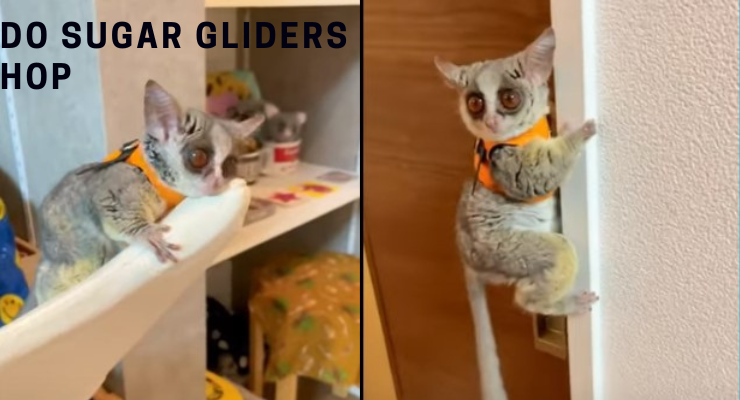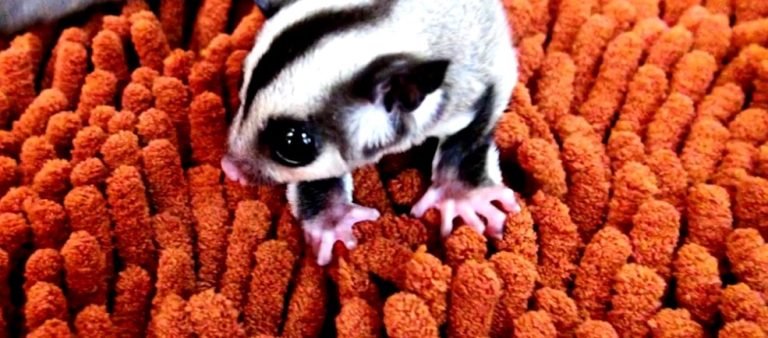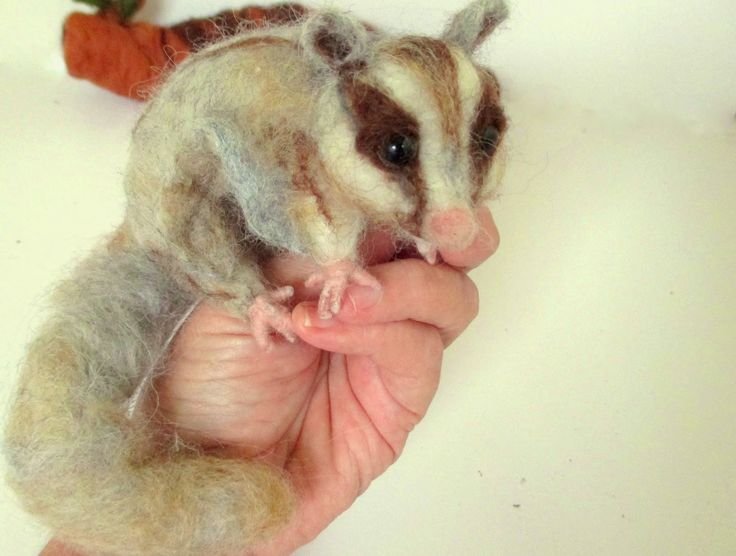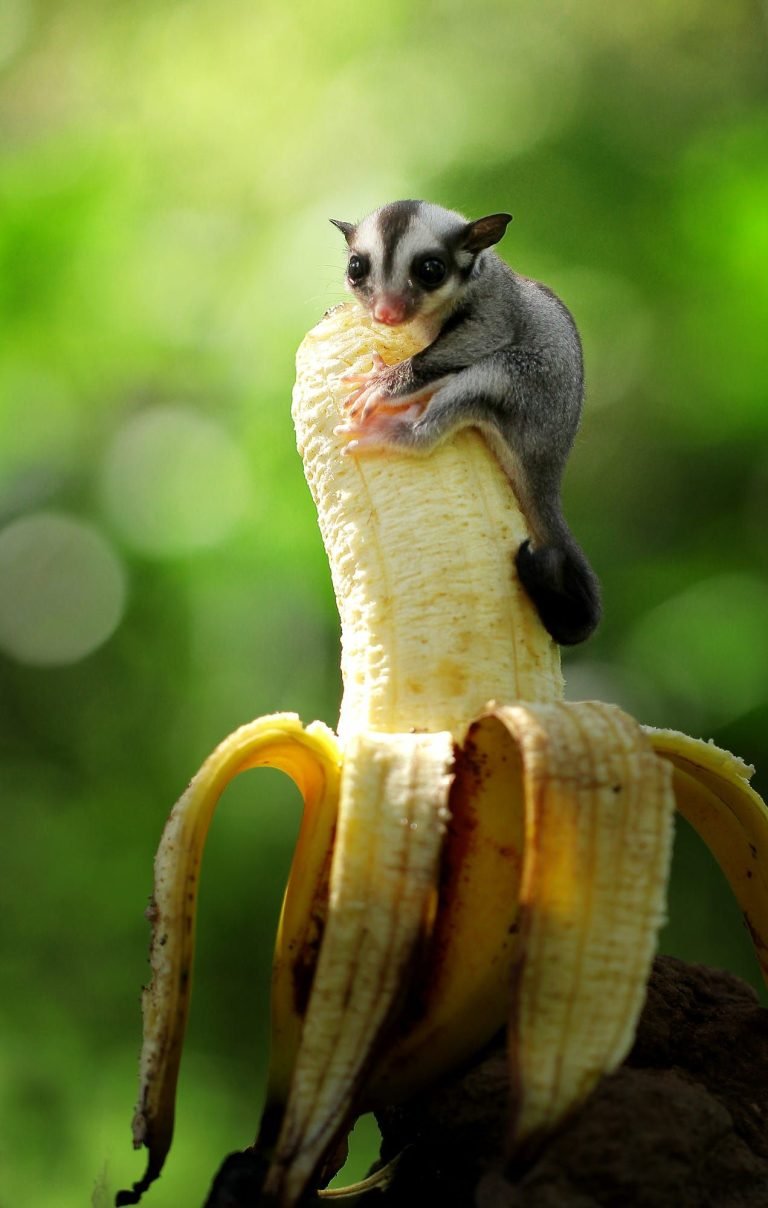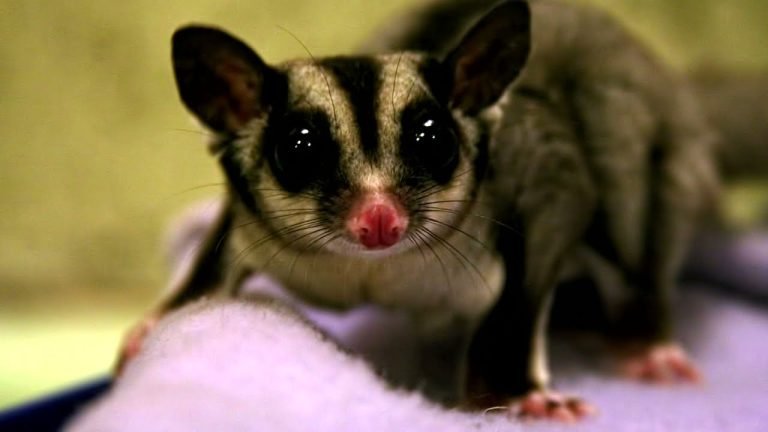Do Sugar Gliders Hop
Do sugar gliders hop?
That’s a common question among those who are curious about these adorable creatures. The answer is yes, sugar gliders do indeed hop! In fact, hopping is one of their primary modes of movement. These small, arboreal marsupials are known for their incredible jumping ability, which allows them to navigate through their natural habitat with ease.
Why do Sugar Gliders Hop?
Sugar gliders have adapted to life in the treetops, where hopping serves them well. Here are a few reasons why sugar gliders hop:
1. Efficiency: Hopping is an efficient mode of transportation for sugar gliders. It allows them to cover long distances quickly and easily. Their muscular hind legs propel them forward, enabling them to move swiftly through the air from tree to tree.
2. Energy Conservation: Hopping requires less energy than walking or running on the ground. Sugar gliders are able to conserve energy by hopping from branch to branch, using their large, thin membrane of skin, called a patagium, to glide effortlessly through the air.
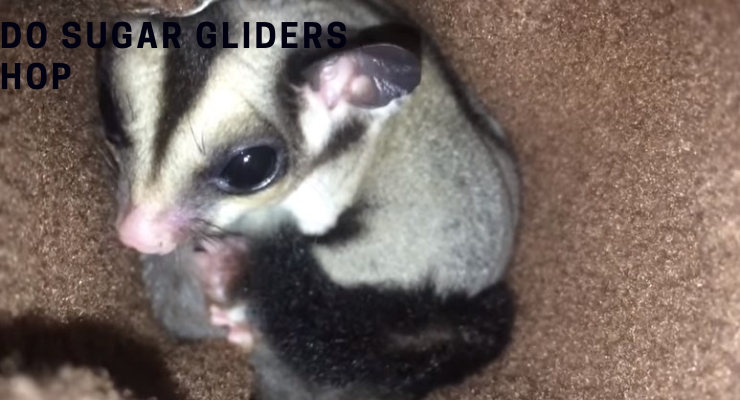
3. Predator Avoidance: Sugar gliders rely on their ability to hop and glide to escape predators. By staying off the ground and moving through the treetops, they can evade many ground-dwelling threats. The combination of hopping and gliding allows them to reach safety quickly and easily.
The Mechanics of Hopping
When a sugar glider hops, it pushes off with its hind legs, using their powerful leg muscles. Their feet and legs are specially adapted for gripping, allowing them to hold onto branches as they launch themselves into the air. Once in mid-air, their patagium stretches out, creating a parachute-like effect that slows their descent and allows them to glide.
Sugar gliders are capable of covering impressive distances while gliding. They can glide for up to 150 feet in one go, effortlessly moving from tree to tree in search of food, mates, or new territory.
Hopping Techniques
Sugar gliders have a unique way of hopping that sets them apart from other animals. Their hopping technique involves extending their legs and pushing off forcefully, propelling themselves forward. They often tuck their bodies in and use their tails as a rudder to help steer their movements. This combination of leg power and tail control enables them to navigate through the air with precision and agility.
Hunting and Foraging
As omnivores, sugar gliders have a varied diet that includes a mix of fruits, nectar, insects, and small vertebrates. They use their hopping and gliding abilities to traverse their forested habitats in search of food. Their hopping technique allows them to quickly cover large areas, ensuring they can find enough sustenance to meet their dietary needs.
Reproduction and Social Bonds
Sugar gliders are social animals that form strong bonds within their community. They communicate using a combination of vocalizations, scent marking, and physical gestures. Hopping is also a way for sugar gliders to engage in playful behavior with their fellow gliders. They often hop around branches and tree trunks as part of their social interactions.
Frequently Asked Questions
1. Do sugar gliders only hop?
While hopping is their primary mode of movement, sugar gliders are also skilled climbers. They can scale trees and vertical surfaces using their sharp claws. Additionally, their patagium allows them to glide through the air, giving them the ability to move both horizontally and vertically.
2. How far can sugar gliders hop?
Sugar gliders can cover impressive distances while hopping and gliding. They can hop up to several feet in one go and glide for up to 150 feet. This allows them to travel efficiently through their forested environments and access food, mates, and new territory.
3. Can sugar gliders hop on the ground?
Although sugar gliders primarily move through the treetops, they are capable of hopping on the ground if necessary. However, they are less agile and vulnerable to predators on the ground. They prefer to stay off the ground as much as possible and will use hopping and gliding to reach safety when needed.
4. Can sugar gliders hop when they are young?
Yes, sugar glider joeys (young sugar gliders) start hopping and gliding at a relatively young age. As they mature and gain strength, their hopping and gliding abilities improve, allowing them to explore their surroundings and keep up with their adult counterparts.
Final Thoughts
Sugar gliders are truly fascinating creatures, and their hopping abilities are a testament to their remarkable adaptations. Hopping allows them to move efficiently, conserve energy, and avoid predators. It’s an integral part of their lifestyle, allowing them to thrive in their natural habitat. So, the next time you see a sugar glider effortlessly gliding from tree to tree, take a moment to appreciate the incredible hopping skills that help them navigate their world.

